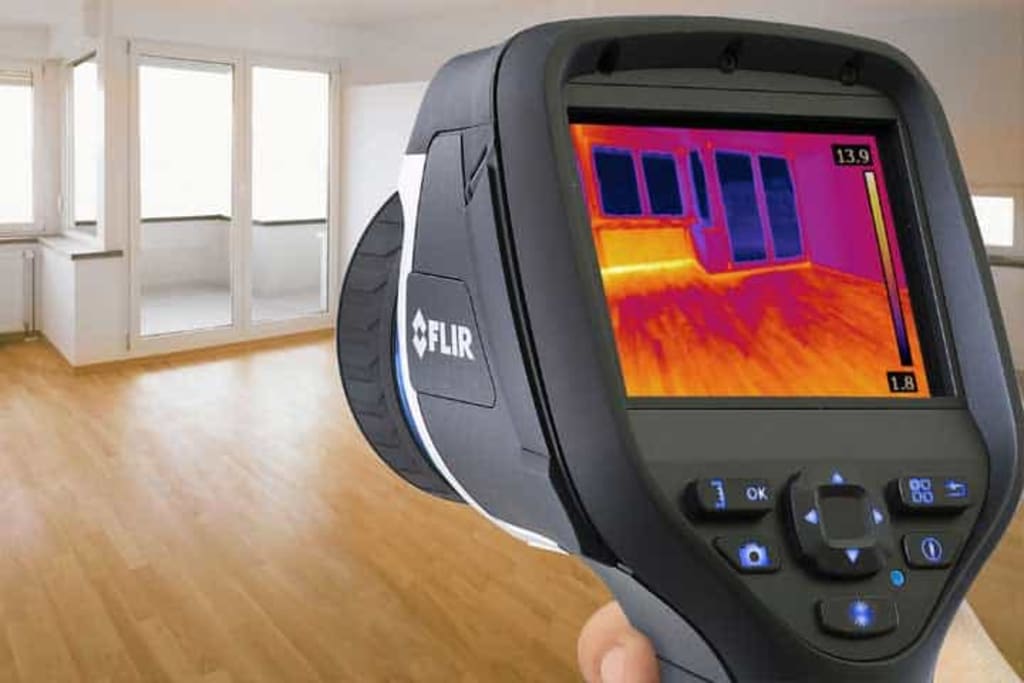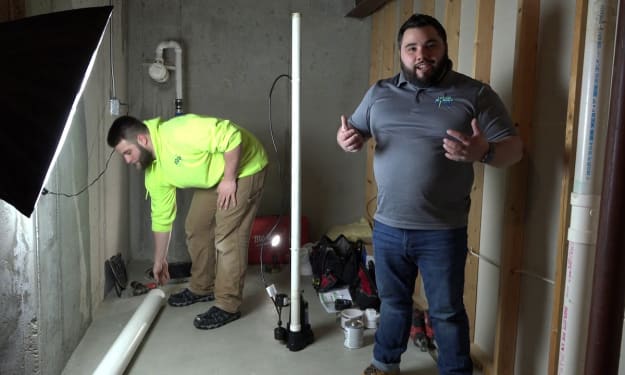How to Use Peroxide to Remove Mold
Mold Removing

Many people experienced to deal with mold within our dwelling. Even just a small step of this can cause an entire room to smell and might destroy your clothing if it is not treated at enough time. The best thing you're able to complete would be to prevent items which can be wet to sit out for too long before you dry them.
Yetour crazy lives take precedence and we know what has happened we forget about the dirty clothing sitting in the hamper. By now we're ready to get at it there is mold all over our favourite t-shirt. The fantastic thing is it could be taken away. All you need is hydrogen peroxide.
The hydrogen peroxide is economical and works only as well as any mold cleaner or bleach. It is able to be utilized on apparel, floors, and bathroom fittings. The huge difference between the cleaners is the fact that it will not leave behind a robust smell and it isn't expensive or have any side effects.
Place a liberal amount of the peroxide in to an empty spray bottle. Ensure this bottle failed to hold every other type of cleaner. It will not mix well with anything else and could cause issues when you are deploying it. Placed on latex gloves which means your skin will not come into contact with mold testing ottawa simon air quality .
If you're treating apparel you need to test to be certain that the cleaner will not stain them. Sometimes it can have a reaction such as bleach and also cause the colors to fade away. Spray the cleaner over the whole moldy region and allow it to soak for ten minutes. After the period is done work with a scrub brush to remove the mold and stains that were left . Rinse when you're done to take the excess cleaner and mold.
Symptoms of Mold in Your Home
Do you feel nostalgic for no explanation? It could be symptoms of mold from your residence. Mold is a critical issue and may have adverse health effects to the people living there and also may also have a destructive effect in the building it self. It is important to notice the symptoms early and so the problem can be looked after until it becomes acute.
A simple solution to find the first symptoms of mold would be excess moisture, plus it can collect anywhere, frequently in crawl spaces. Nutritional elements are demanded as a member of the mold growth process, but preventing moisture from piling is your first symptom to handle. Excess moisture can seem to be a stain or maybe more moisture in one section of your house. When it is more severe you will see water leaks or standing water. The latter two are pretty serious and ensures you probably have mold. You would probably see these indications happening on ceilings and walls. Otherwise you might want to look under the rug, round the cabinets and sinks, and behind the wall paper.
You need to clearly be watching out for growth indoors or out that may look any number of different ways, but can be black, grey, yellow, yellow or brownish and might have a pleasant, fuzzy feel, or be leathery looking and hard. Keep your nose up too, since the odor is the very first means to find mold, and the smell is generally musty, damp, or earthy. Should you smell mold, then look carefully and you'll likely observe the mold before not too extensive term.
Symptoms may also make themselves evident from the kind of allergic responses to the mold. They seem as the results of some common cold or allergens. Sneezing, stuffed or runny nose, wheezing, shortness of breath, and coughing all happen frequently, along with throat conditions too. For those who have any of these issues as a result of pre existing allergies, mold will most likely make them more severe. Still another symptom which verifies mold occurs when you with a diminished immune system develops respiratory problems due to the mold from the home.
About the Creator
Simon Air Quality
Simon Air Quality is a service-based company that focuses on indoor air quality and everything that pertains to indoor air quality - contaminants, toxins, pollution, emissions, VOCs, allergens, gases, etc. https://www.simonairquality.com/






Comments
There are no comments for this story
Be the first to respond and start the conversation.